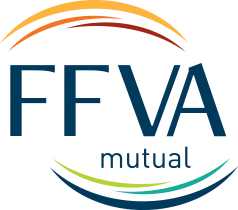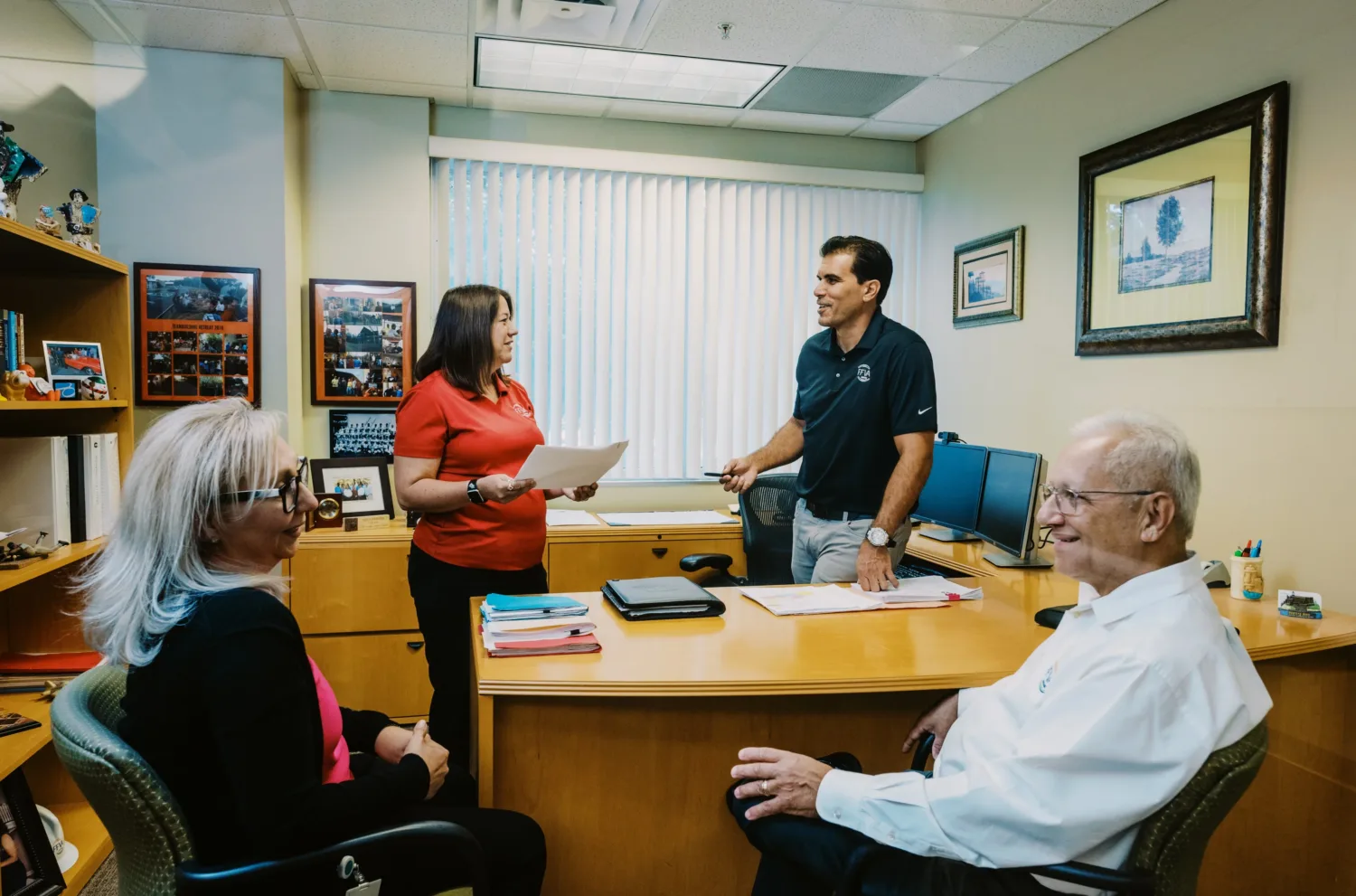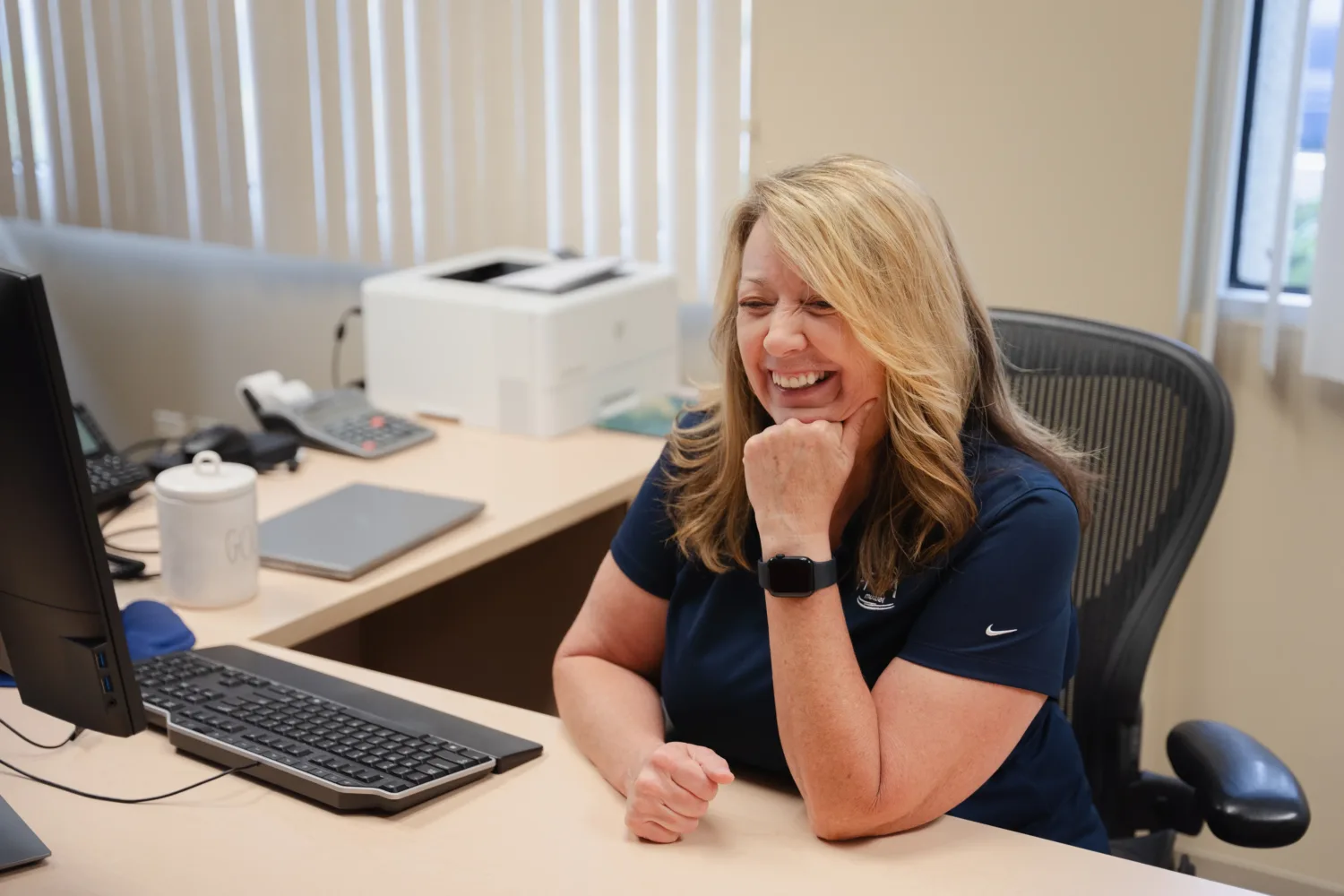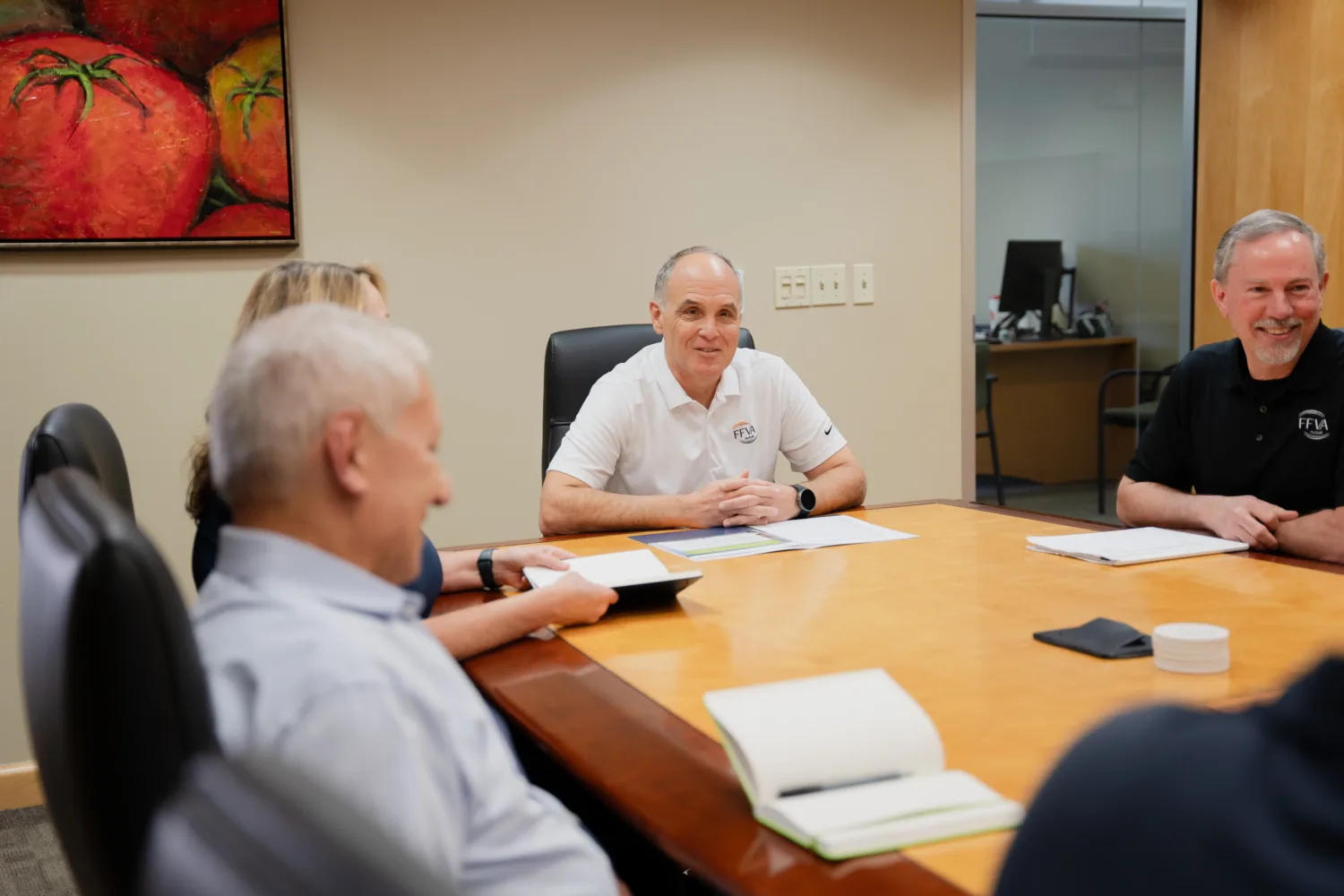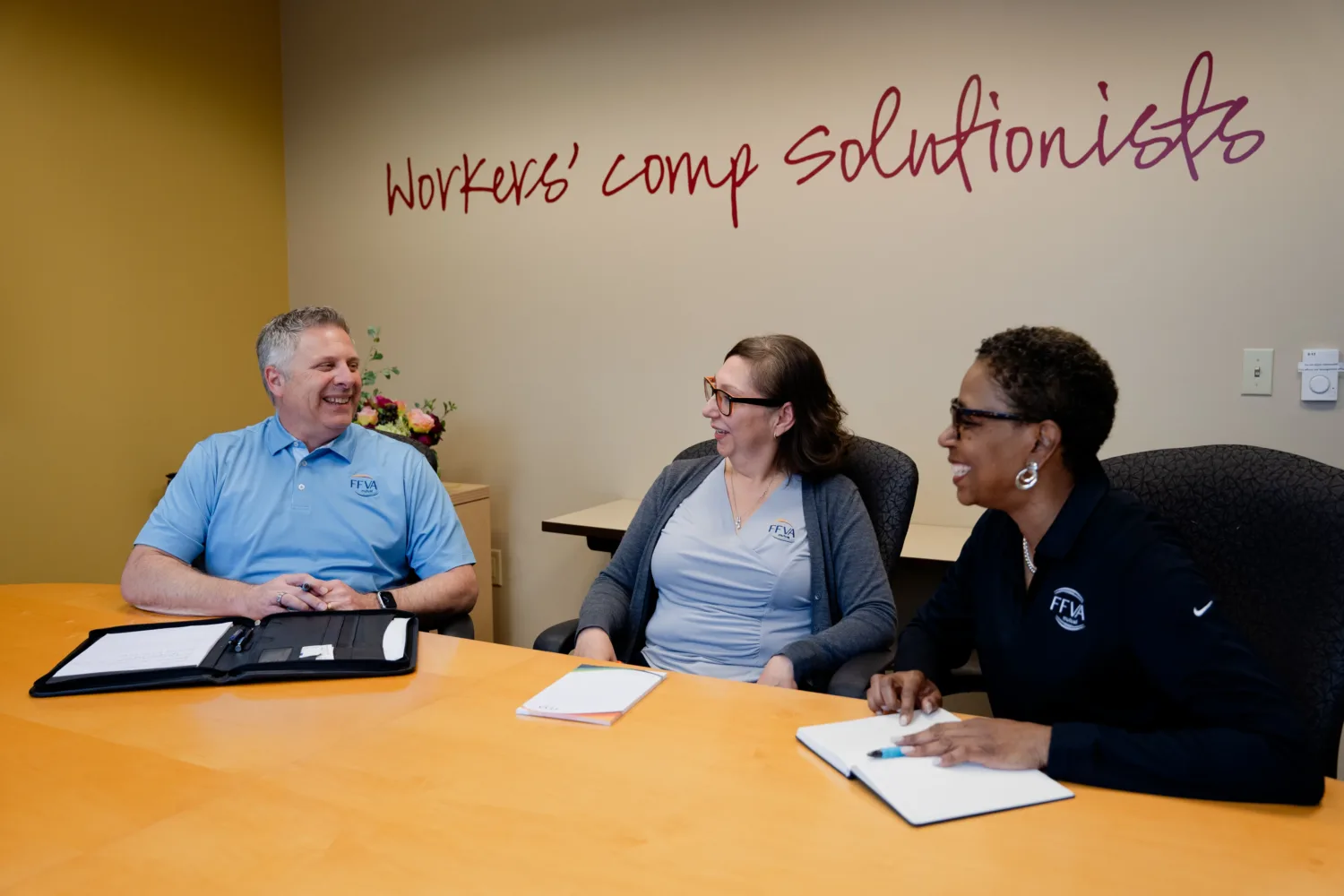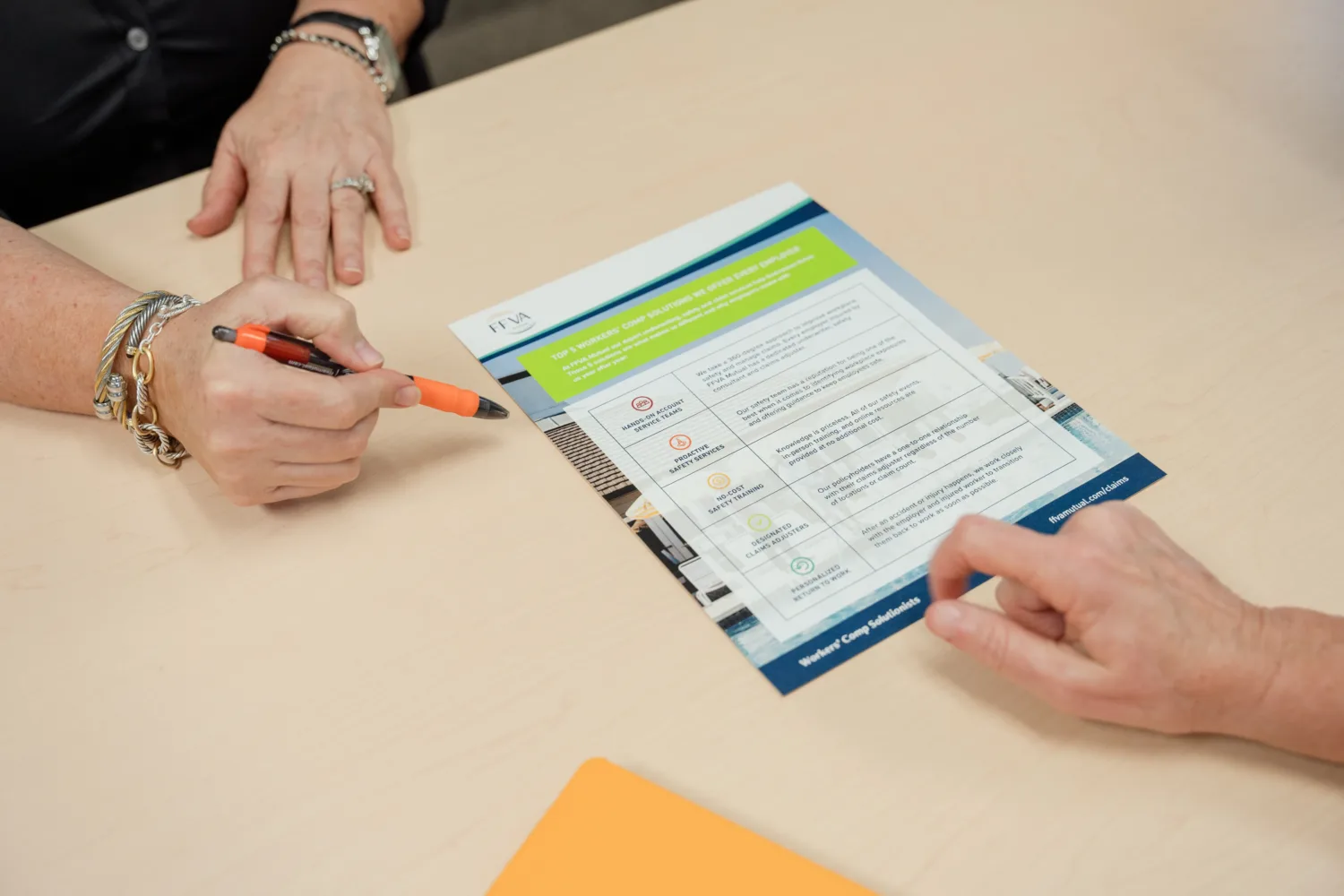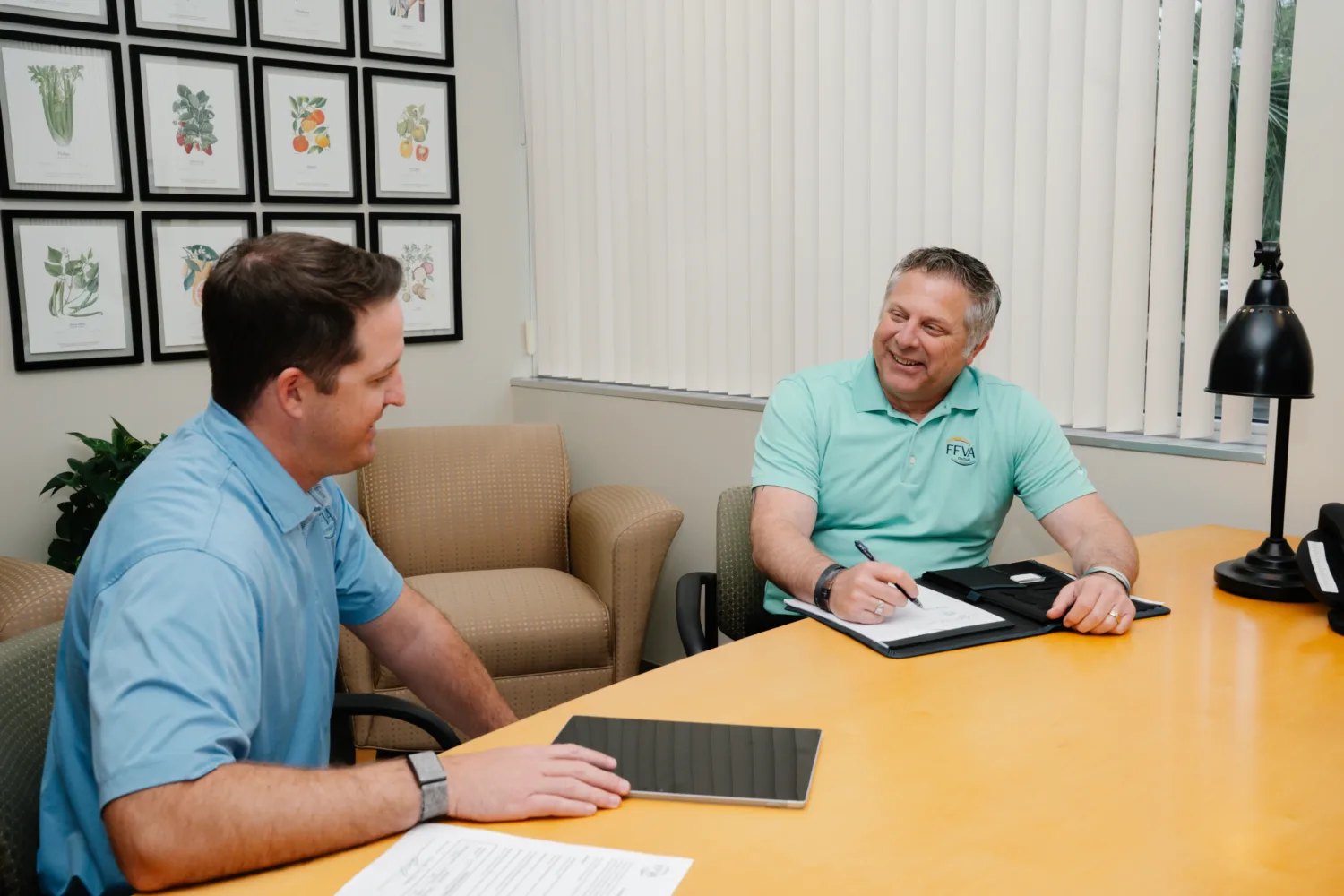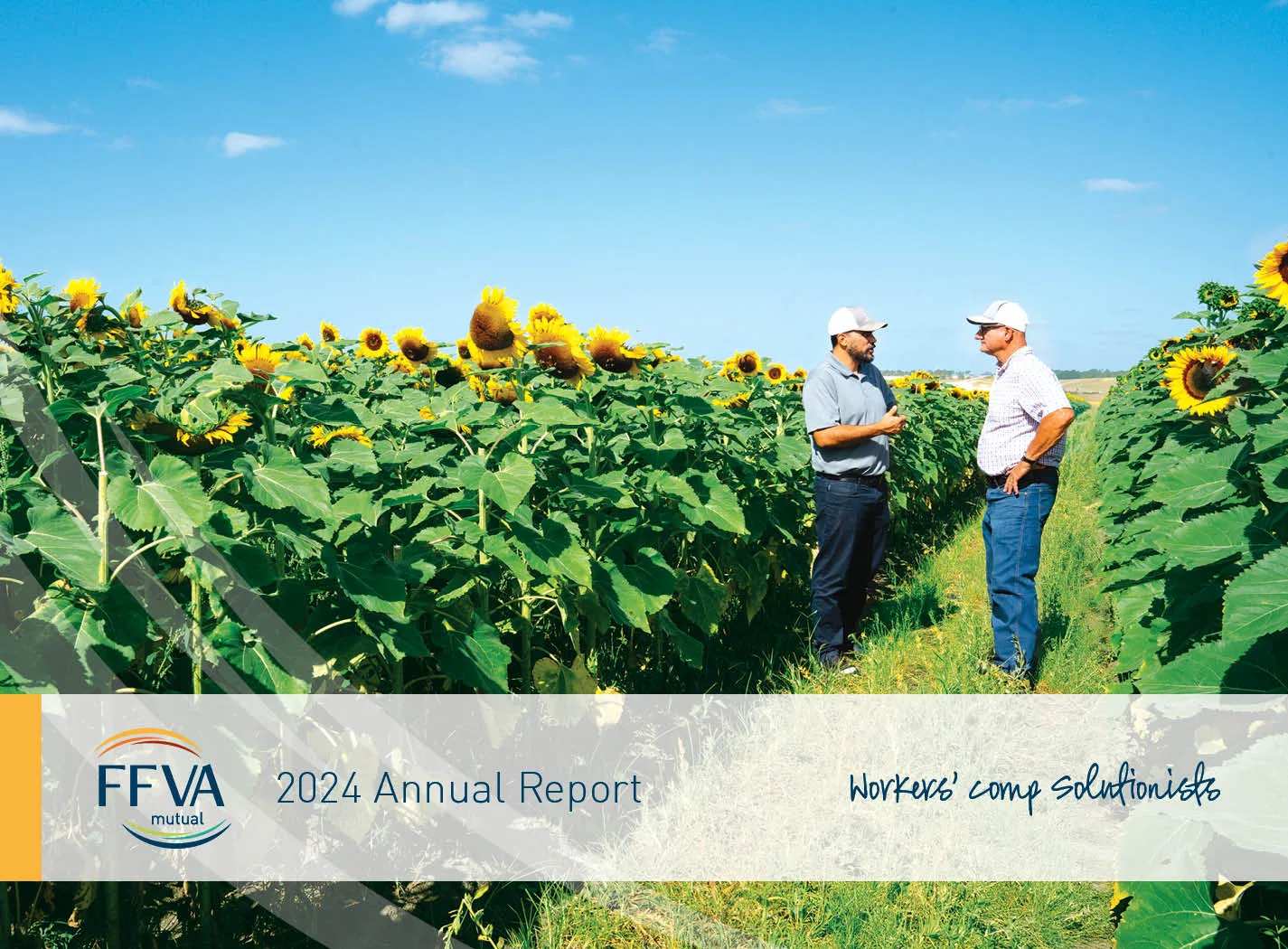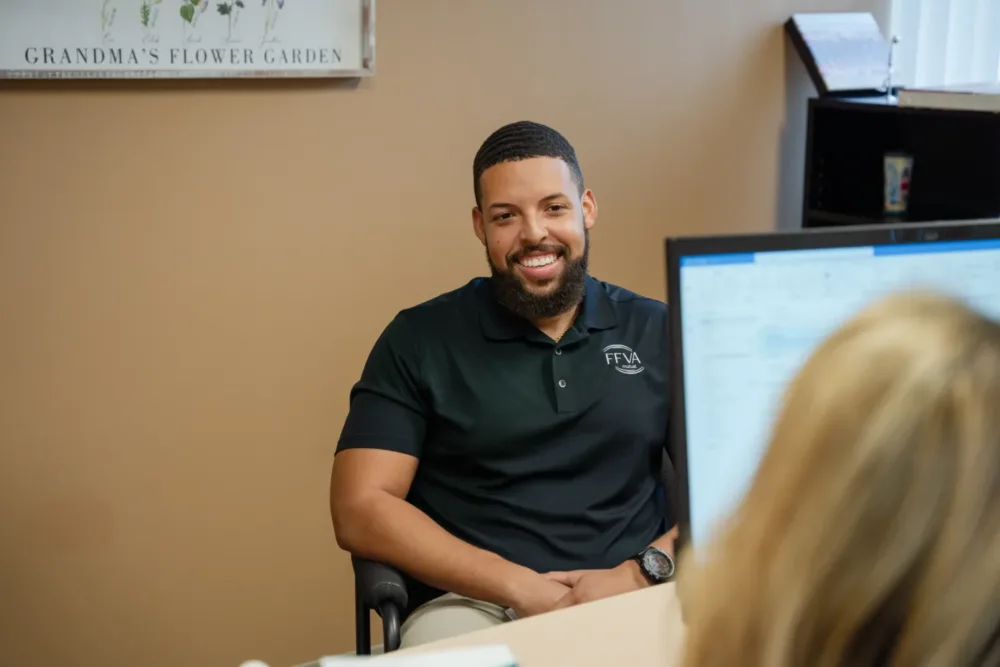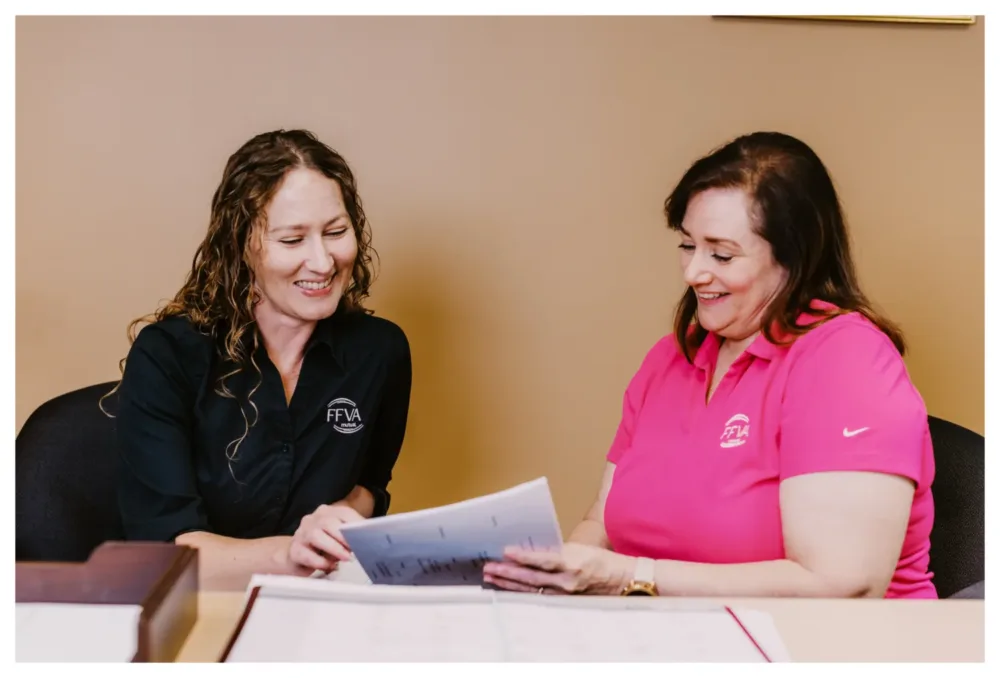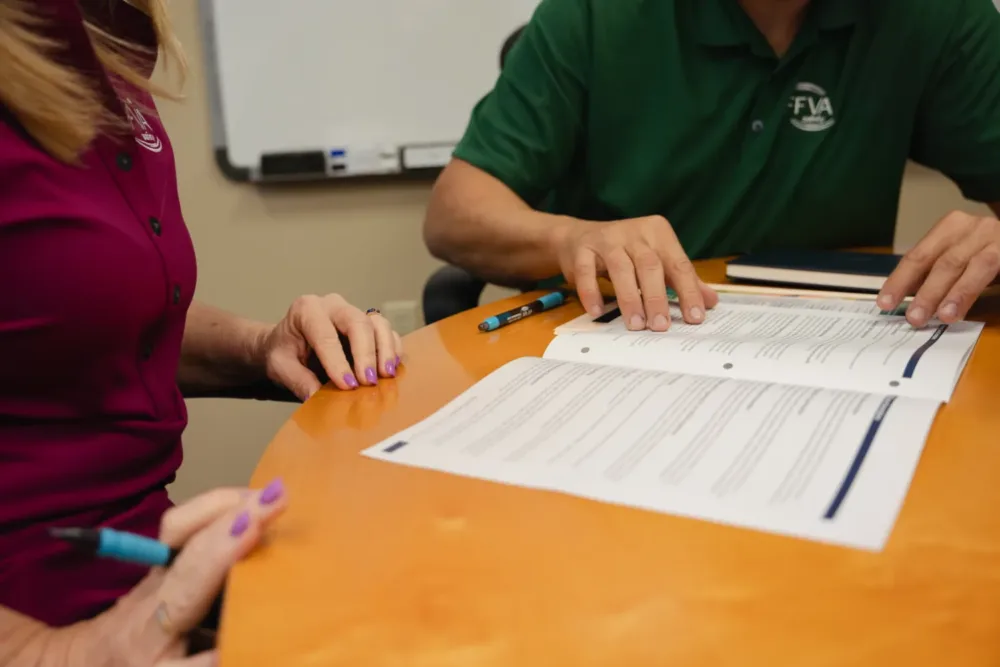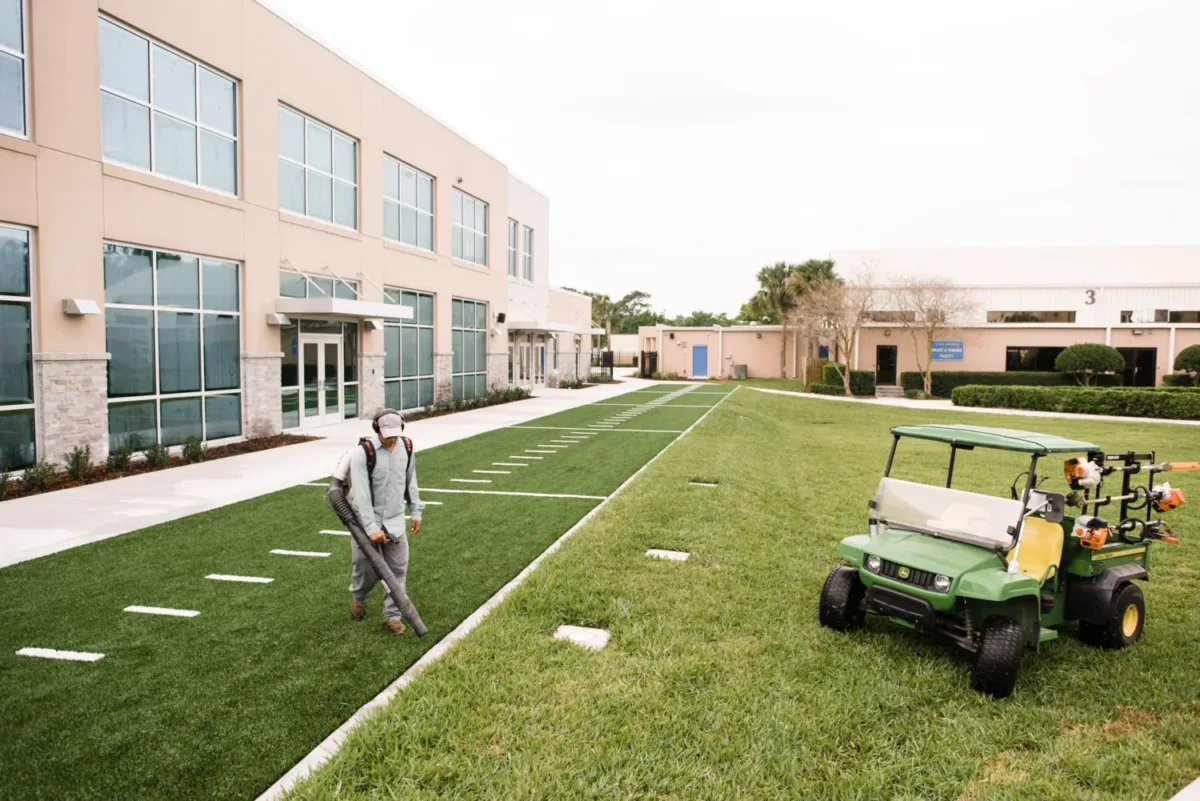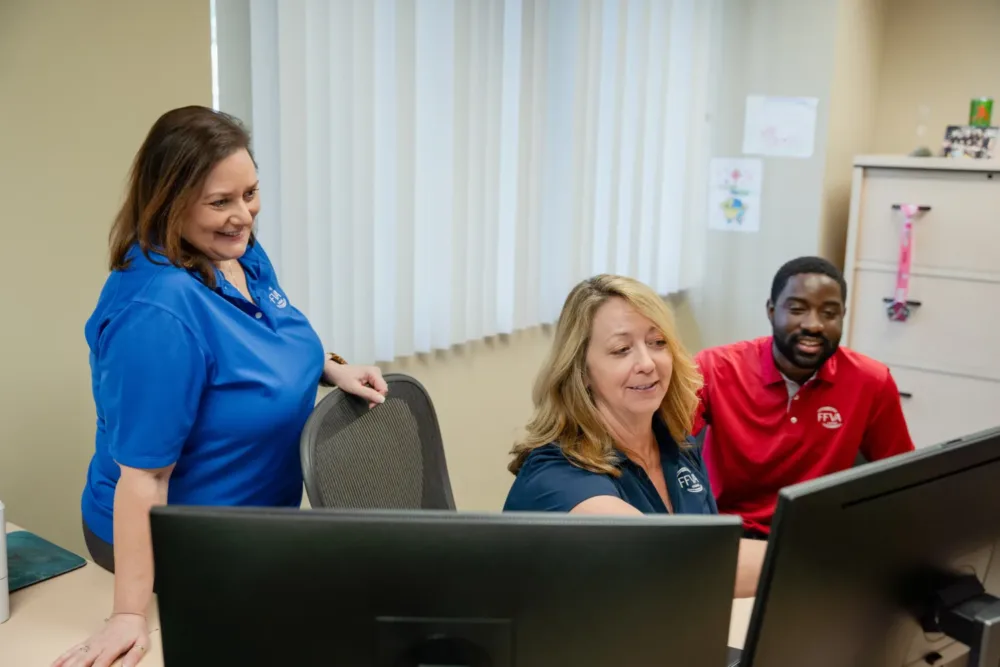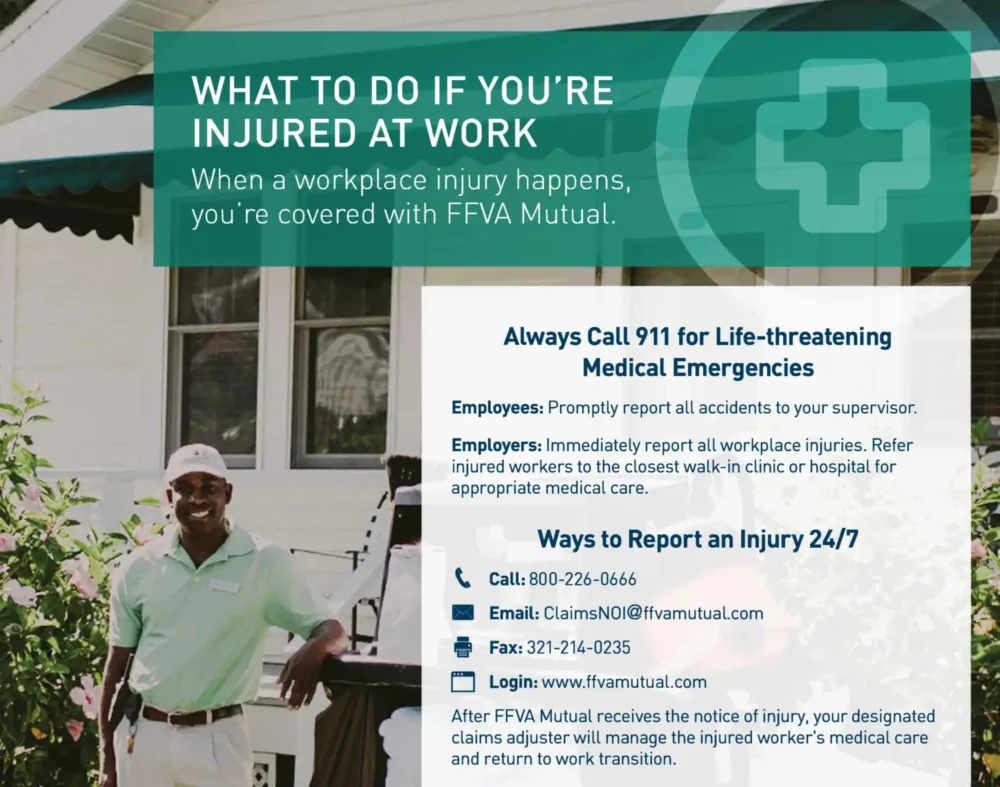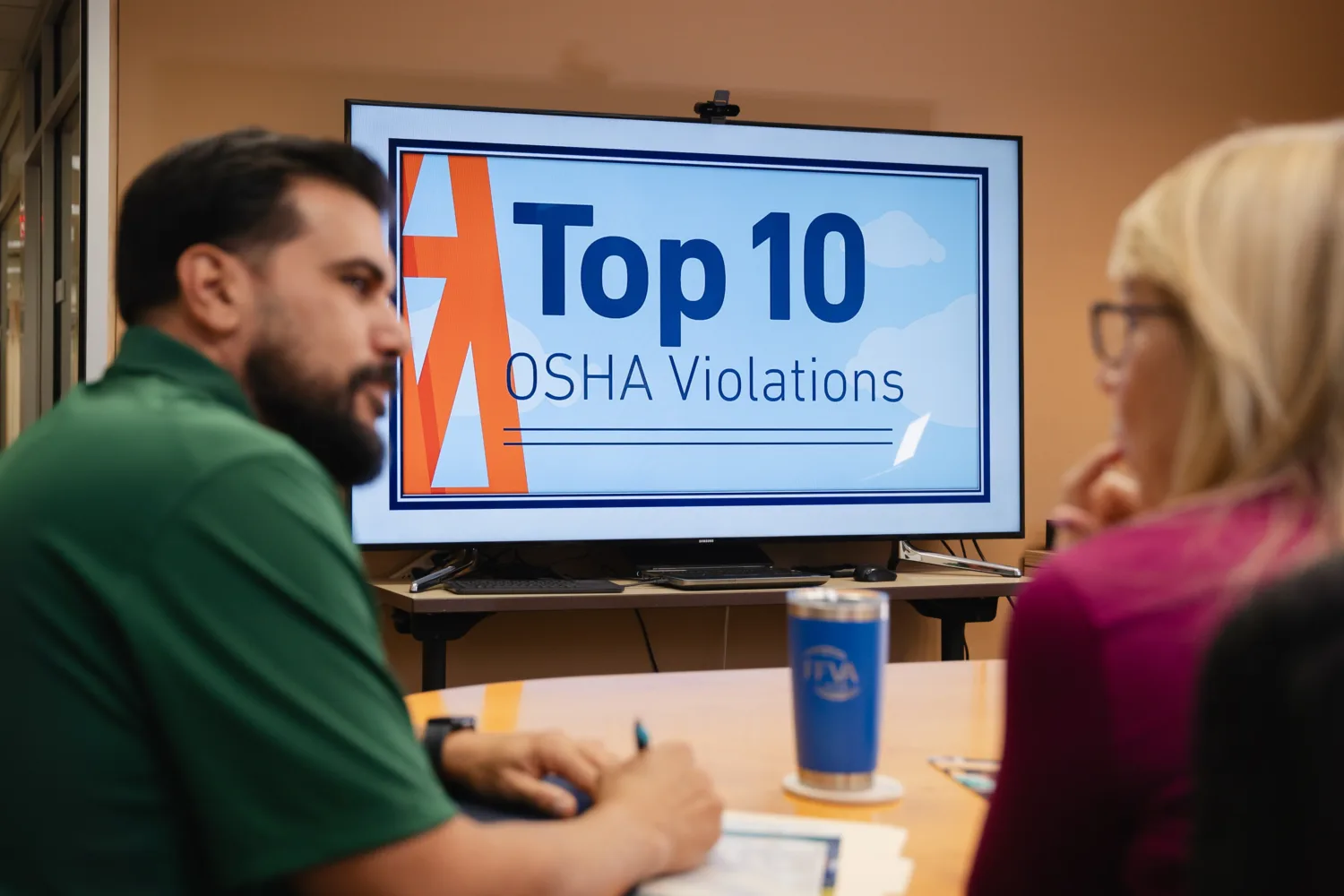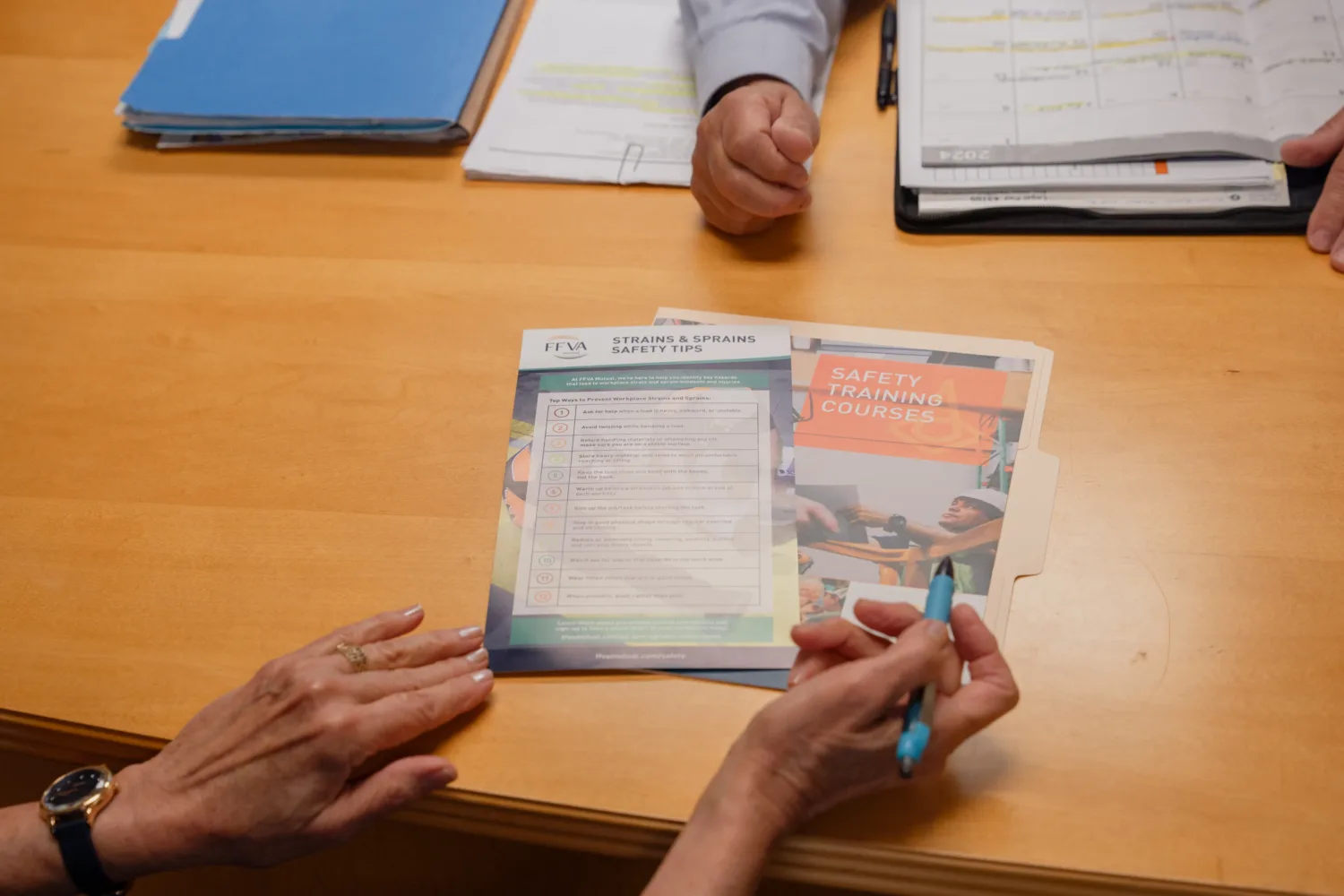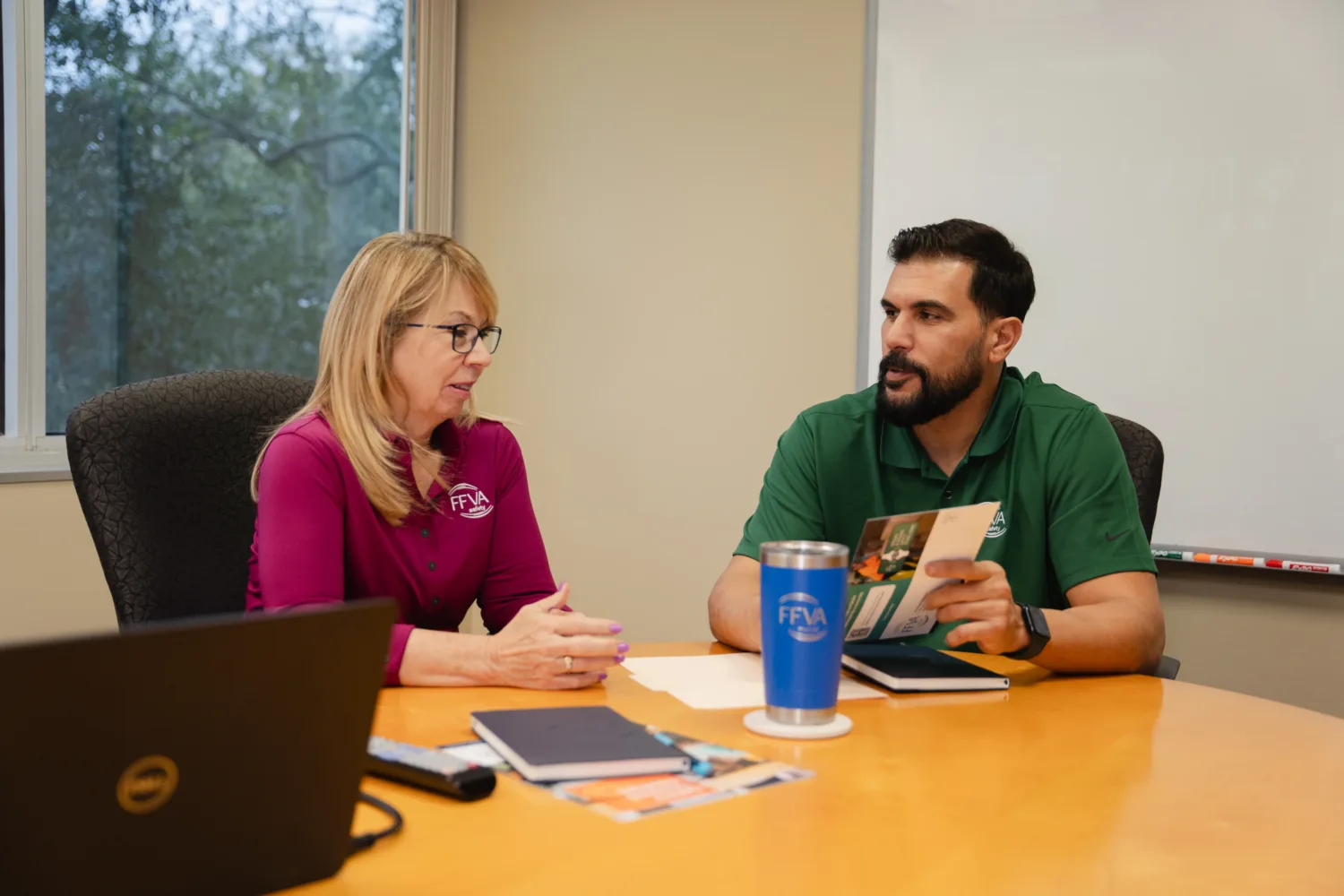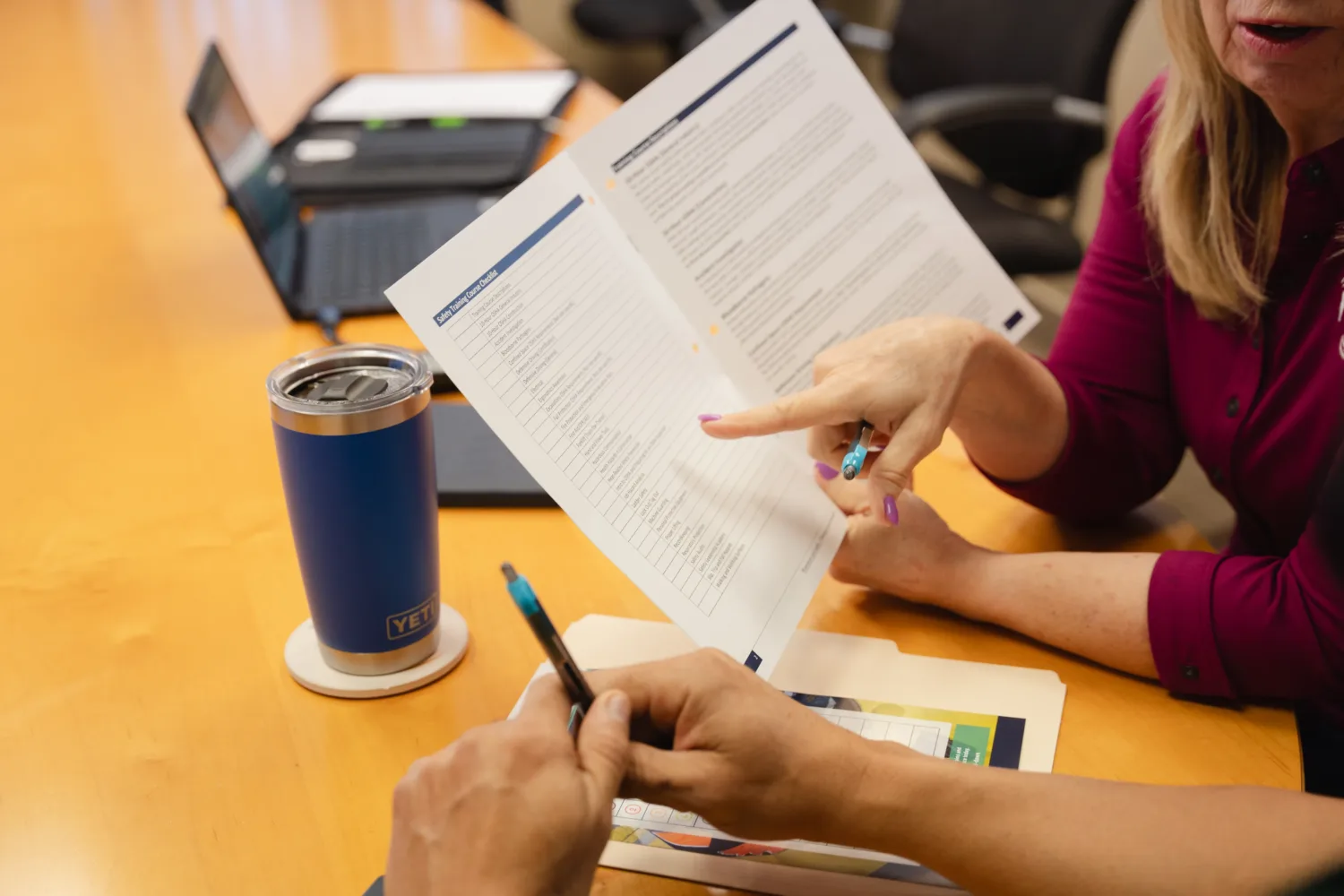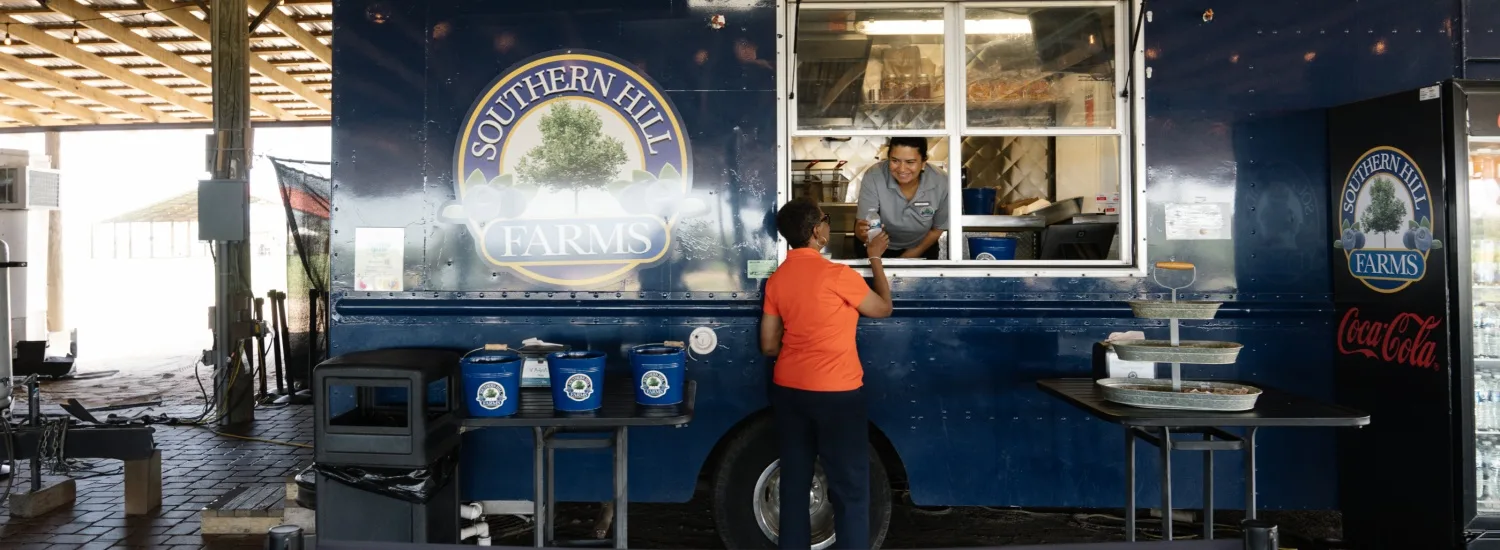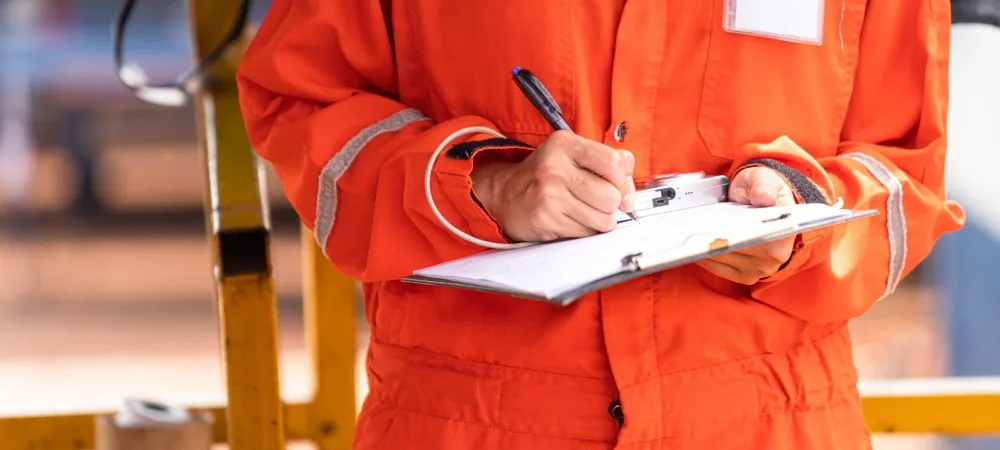OSHA Enforced Standards
OSHA enforces its occupational safety standards through the use of inspections. Understanding your requirements under federal OSHA standards and putting workplace safety and health at the top of your priority list can help you avoid OSHA inspections and potentially costly penalty fees.
Your requirements under OSHA compliance regulations
The 1970 Occupational Safety and Health (OSH) Act and the corresponding General Duty Clause entitle employees to a reasonably healthy and safe workplace, requiring employers to adhere to industry-specific safety standards, supply appropriate personal protective equipment (PPE), and provide safety training opportunities relevant to the workplace. Failure to meet OSHA regulations could trigger a compliance inspection.
Check out this blog post to learn more about staying OSHA compliant.
What triggers an OSHA inspection?
OSHA inspections are triggered by one or more of the following:
- Imminent danger: An OSHA representative can trigger an inspection if they see potential issues that could lead to serious injury or death while driving or working near your workplace. They can also conduct an inspection if they receive a tip suggesting the same level of danger.
- Severe injuries or illnesses: Employers are required to report fatalities to OSHA within an 8-hour window, while injuries that require inpatient hospitalization, amputations or eye loss need to be reported within 24 hours. OSHA’s 24-hour hotline is 1-800-321-OSHA (6742). These reporting scenarios will automatically trigger the submission of a rapid response report to OSHA or a site visit.
- Complaints/referrals: Employees concerned about the safety of their workplace can contact OSHA at any time. OSHA will respond by either submitting formal written correspondence detailing the complaint or by conducting a site visit. Complaints can also originate from federal, state or local government bodies as well as negative media attention.
- Targeted inspections: This type of inspection is preprogramed based on national, regional and local emphasis programs. They are targeted toward industries that are experiencing high injury and illness rates based BLS data. If your industry falls under OSHA’s Emphasis Program, you can expect a more comprehensive visit, if OSHA visits, no matter what triggered it.
It is important to note that OSHA will not conduct an inspection in all cases. Worksites are prioritized based on the industry, number of inspections and degree of danger (OSHA will act fast if it believes a workplace hazard poses an imminent danger to employees).
In low-priority situations, if OSHA has reason to believe the employer is taking meaningful action to correct a workplace hazard, it may choose to bypass an on-site inspection.
The OSHA inspection process
The above trigger scenarios sometimes impact the way an OSHA inspection is carried out. The following steps refer only to formal inspections that follow the standard process:
1. Preparation
OSHA inspections are often unexpected, making it difficult for employers to last-minute prepare in the event a compliance officer comes knocking. However, by making occupational health and safety the top priority of your management team, you will always be ready for an inspection.
Here’s how to stay in always-prepared mode even when you don’t anticipate an inspection:
- Keep accurate documentation of all workplace incidents and safety training procedures.
- Understand both your responsibilities as an employer and your employees’ rights during a formal inspection.
- Maintain a safety-first mindset and be ready to make adjustments to your workplace when requested.
Staying prepared for an OSHA inspection will make you better able to respond to any violations in a way that’s beneficial for everybody.
2. Opening conference
All OSHA inspections begin with a brief opening conference, during which the compliance officer meets with representatives of both management and employees (or the union, if the workforce is unionized) to explain the purpose of the inspection, the scope of work, the planned procedures and the interview process.
The compliance officer will also take this opportunity to examine your company’s Log and Summary of Occupational Injuries and Illnesses to get an understanding of the past health and safety incidents that have been recorded at the worksite.
3. Walkaround
Employee and management representatives will accompany the compliance officer during the walkaround phase to assess all job sites contained in the scope of work for potential hazards. During this phase, employers aren’t allowed to influence the responses employees give to OSHA representatives. Compliance officers are looking for the most accurate information about your workplace safety posture.
While it is illegal for the compliance officer to give the employer a heads up before an inspection, employers can make positive fixes to their workplace prior to an inspection if they get wind of it.
The compliance officer retains the right to expand the inspection to include other areas of the worksite (or even the entire workplace) if they uncover new hazards during the course of their inspection.
4. Closing conference
After the walkaround is complete, the compliance officer will hold a closing conference with both management and employee representatives. It should be noted that compliance officers can request separate meetings with both employers and employees.
During the closing conference, the compliance officer shares their findings and discusses next steps, which could include remedial or mitigating action. Although all “apparent violations” must be documented and reported, employers can make corrections during the inspection if possible.
Employee and management reps will each have the opportunity to share more information at the closing conference to add context around the “apparent violations” uncovered during the walkaround phase (or to explain why violations were not discovered).
Responding to an OSHA violation
After the closing conference, the compliance officer will provide the regional or area director with the final report and a letter will be provided to the employer informing them of required action, citations or penalties. It’s important to note that this process has to include the area director; the compliance officer will not know any dollar amounts to be paid during or immediately after your inspection.
Employers have several options when responding to an OSHA citation, including taking remedial action to fix the violation, requesting an informal conference with the area director from their area regional office and contesting the citation.
Take remedial action
It is important to take remedial action immediately or as soon as possible as this could affect the outcome of the penalty and help ensure worker safety.
Request an informal conference
You have the right to request an informal conference with the local OSHA area director. An informal conference can help you get a more detailed explanation of your violations and citations, helping you determine whether to appeal the citation or accept it.
You can also use the informal conference to negotiate with the OSHA representative to get citations (or portions of citations) reclassified, extend abatement dates or reduce your penalty fees. If you intend to take corrective action, these sessions can also help you learn the steps needed to meet OSHA guidelines.
Appeal the citation
You can contest the citation (or portions of the citation) by submitting a formal Notice of Intent to Contest to the relevant OSHA area office, according to OSHA. Your notice must clearly explain what elements of the citation you’re contesting (including the citation, abatement dates, penalty fees, etc.), and you must file the relevant documentation within 15 working days from the issuance of the citation.
Stay OSHA compliant with FFVA Mutual
OSHA inspections can be shocking and disorienting and receiving a violation can create unforeseen costs for your business and possibly strain relations with your workforce. It’s important to plan for the possibility of an inspection well in advance. You should assign management representatives and train them on proper responses and actions to take during an inspection. Building an action plan around those specifics can help you stay inspection-ready in case OSHA does show up.
Our team at FFVA Mutual wants to be part of that process. We offer an extensive selection of OSHA training courses at absolutely no cost to policyholders. Led by our experienced safety team, we work with you to navigate the sometimes complicated world of federal OSHA standards, helping you put workplace safety and health at the top of your agenda and keeping potential violations away.
